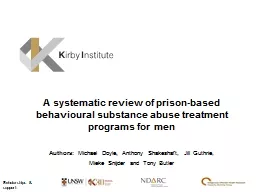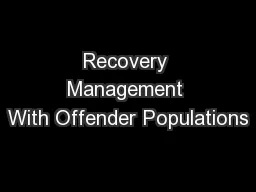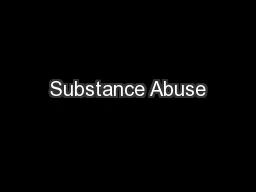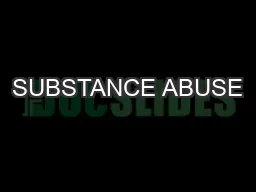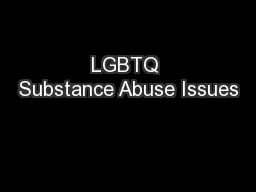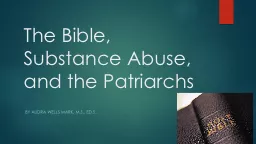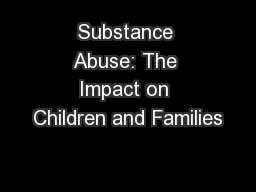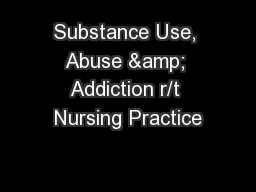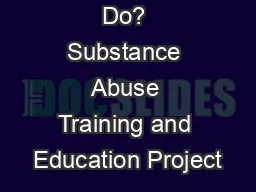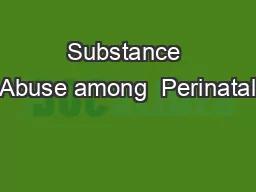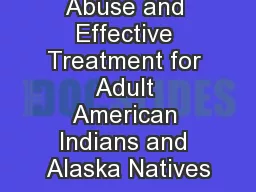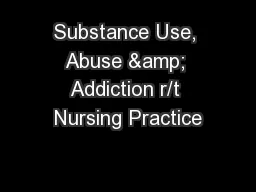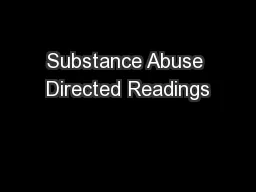PPT-A systematic review of prison-based behavioural substance abuse treatment programs for
Author : alexa-scheidler | Published Date : 2018-02-28
Authors Michael Doyle Anthony Shakeshaft Jill Guthrie Mieke Snijder and Tony Butler Scholarships amp support Background PhD Chapter one Introduction
Presentation Embed Code
Download Presentation
Download Presentation The PPT/PDF document "A systematic review of prison-based beha..." is the property of its rightful owner. Permission is granted to download and print the materials on this website for personal, non-commercial use only, and to display it on your personal computer provided you do not modify the materials and that you retain all copyright notices contained in the materials. By downloading content from our website, you accept the terms of this agreement.
A systematic review of prison-based behavioural substance abuse treatment programs for: Transcript
Download Rules Of Document
"A systematic review of prison-based behavioural substance abuse treatment programs for"The content belongs to its owner. You may download and print it for personal use, without modification, and keep all copyright notices. By downloading, you agree to these terms.
Related Documents

